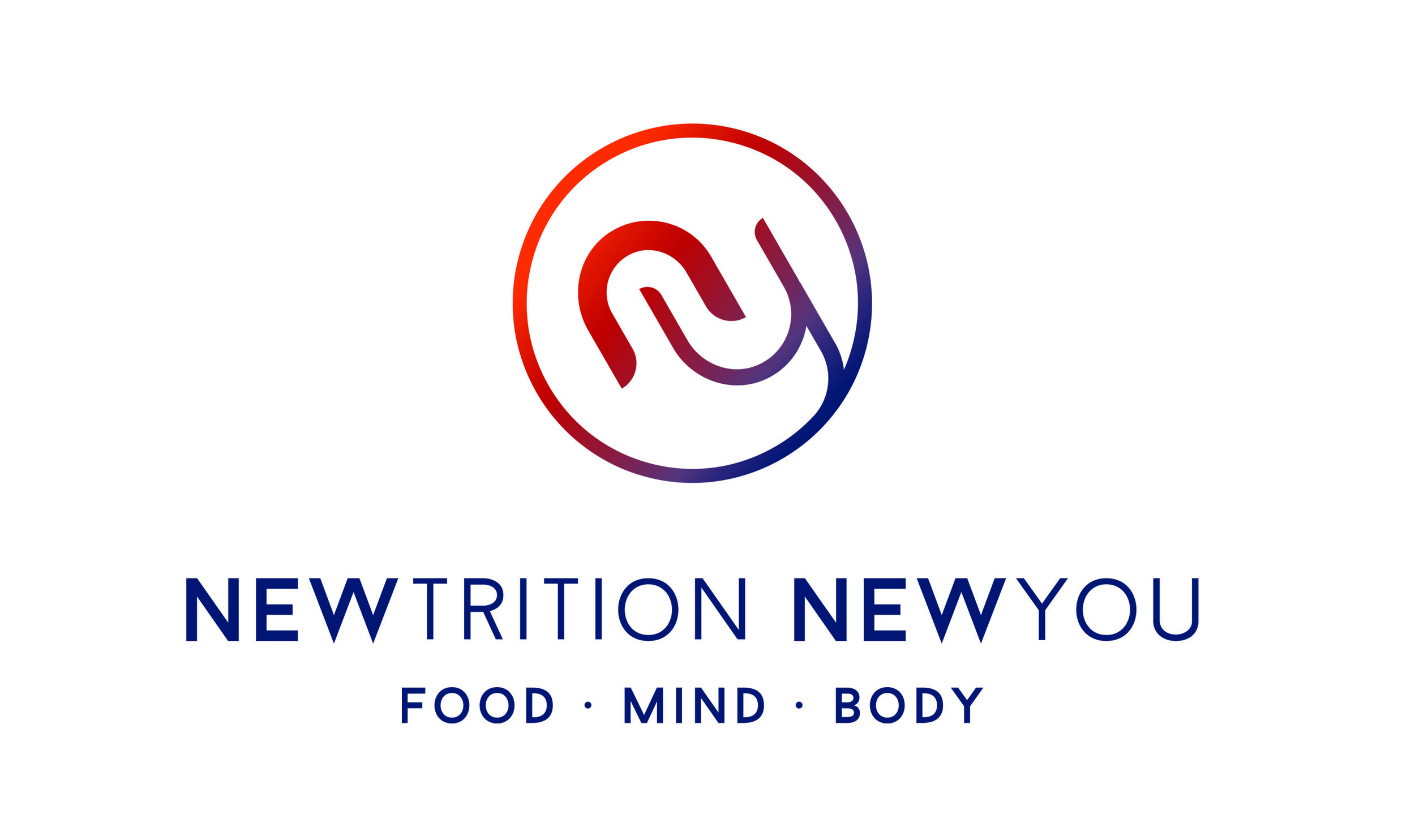BEST GLASS STORAGE CONTAINERS
I spent months looking for the perfect, glass meal prep container and have tried out countless sizes and brands before settling on the two options below. Not only are they perfect for standard food storage, but they represent the best glass meal prep containers I have found so far in terms three criteria (scroll down to see why they are important):
- Material (glass vs. plastic)
- Durability
- Size and shape specifically as it pertains to meal prepping.
WHY THIS PRODUCT?
The upside is that these are the most economical choice. The down side is that they do not have "no-leak" lids. They are perfect for the meals you are going to eat at home, but if you are going to travel with your container, the other two options would be better. These containers feature:
- Four 6-cup containers with plastic lids
- Pre-heated glass is oven, microwave, fridge/freezer, & dishwasher safe
- Glass won't leach, absorb stains or odors
- Nest and stack for easy storage when not in use
WHY THIS PRODUCT?
TrueSeal is a superior seal that keeps food fresher longer. This container was the only product out of 28 that earned a perfect score for air tightness from the Good Housekeeping Research Institute. Transparent top window allows for easy viewing of contents and soft plastic seal parameter allows for easy opening and closing.
- Includes 4 glass containers and 4 TrueSeal BPA-free plastic Lids
- Tempered glass is oven (up to 425Fª), microwave, refrigerator, and dishwasher safe and has a 5-year warranty
1. GLASS OR PLASTIC?
- Glass does not leech, nor does it change the taste of your food. And yes, I am aware that there are plenty of BPA-free plastics now widely available. However, the safety of BPA-free plastic is questionable at best, because in order to keep our plastics plastic, the BPA had to be replaced with other chemicals, which aren't all that different. Their effects on health remain unclear at best, and scary at worst, according to recent research. BPA's replacements, related compounds like bisphenol-S (BPS) or bisphenol-F (BPF), actually appear to have similar—and sometimes even worse—endocrine-disrupting effects. So the bottom line is it is best to avoid plastics to the greatest degree possible. Although it may not be financially feasible to switch over all of your plastic containers to glass, you can begin by not buying any more plastic and gradually moving away from it, by buying only glass containers going forward.
- Besides being safe, glass is very convenient. If you have to put your container in the microwave or toaster oven (which is preferable), you don't have to switch out containers or put your food on a plate, as these are oven and microwave safe. This is particularly convenient if you are taking your food to work with you.
2. WHAT SIZE AND SHAPE IS BEST?
- Size is an important issue for meal prep. It has to be just right. Too small or too large just doesn't cut it. There is certain amount of food that has to go into it and the ones above are simply perfect.
- As far as shape is concerned, rectangles are best. Rectangular containers are a better fit for your food and tend to keep different foods inside separated more effectively than round container, which tend to push all the food together. The issue I had when looking for the perfect container was that most glass containers come in odd shapes, which are not conducive to meal prep or storing multiple containers in the refrigerator. Additionally, many glass containers are sold in sets, which include a variety of different sizes (most of which you won't need and too few of which you will). Therefore, it is important to find ones that are sold individually or a set that only contains multiples of the same container. The ones I've selected fit those criteria
- Leak-proof lids are key if you plan to travel/commute with your food.
3. HOW MANY SHOULD I BUY?
- After months of research, I finally found a couple different brands that are perfect containers for meal prep (see above). These are cheaper on Amazon than in any brick & mortar store I've visited. And the great news is that even when you don't need them for meal prep, they are perfectly useful containers to have on hand for any leftovers going forward. Moreover, you can start tossing your chemical-leeching, endocrine-disrupting plastic containers and be on your way to really good health in every aspect of your life.
- If you are just starting out with meal prep, I would recommend that you start out by buying about 8 containers, which should be enough for 4 days of breakfast and dinner if you meal prep twice a week. You can always buy more should you need them, but 8 is a good number with which to start.
- If you are NOT traveling with the containers, the optimal choice for you is the Pyrex containers with the red lids.
- If you ARE commuting or traveling (e.g., bringing your lunch to work or going on a road trip), you will want to purchase the Anchor Hocking containers, with the green lids. The Anchor Hocking containers are great, but they will not stack with the Pyrex containers, so you will need to choose one brand or the other.
- The optimal and most economical solution would be to mix and match these with the Pyrex "no leak lids," keeping these for home use and using the others for commuting. (if storage is not an issue) I usually recommend that people buy only about 3-4 No Leak Lid containers so that you have enough for your lunches, and buy the ones with the red lids for home use.




